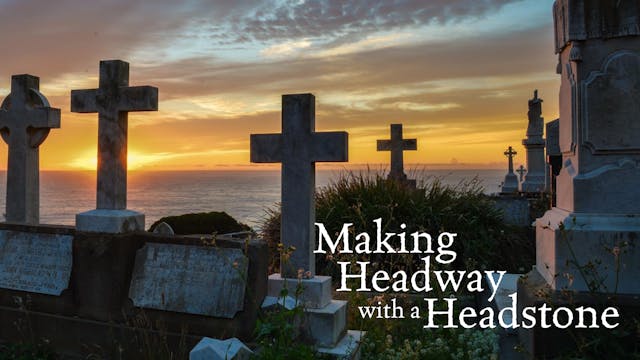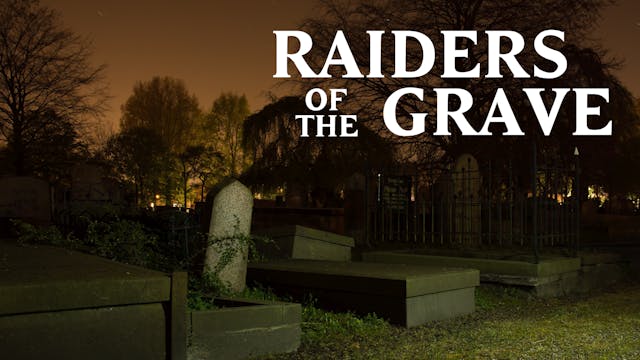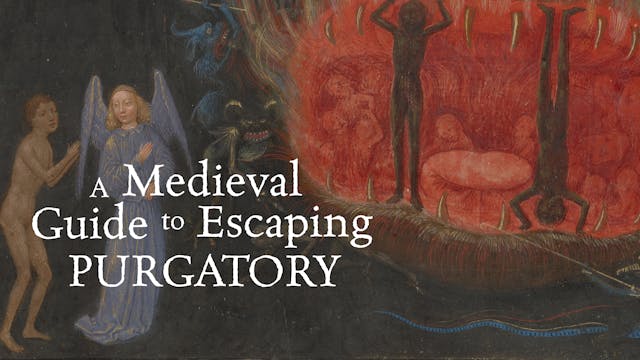Memorials of The Darks Days: Arts and Crafts First World War Memorials
Our Free Lectures
•
1h 6m
The First World War saw an outpouring of grief like nothing England had seen before. Most communities had lost people, and all wanted a lasting memorial to those who were gone. It brought art to the forefront of the British public’s mind, and was thus a business opportunity like no other for architects, designers, stained glass artists and monumental masons. For the designers of the Arts and Crafts Movement, it was a chance to guide and inform English artistic taste. The Cotswolds have an unusual number of Arts and Crafts memorials, due, in part, to the architects and designers who had settled in the county from the 1890s onwards. This talk will feature designers such as Ernest Gimson, Henry Payne, Edwin Lutyens and F. L. Griggs with a rich array of memorials from church and town alike, crosses to stained glass to water troughs – and all the attendant local politics in erecting them!
Kirsty Hartsiotis is a writer and storyteller, and is also the curator of the Designated Arts and Crafts Movement collection at The Wilson Art Gallery and Museum in Cheltenham. Her most recent major exhibition was ‘Ernest Gimson: Observation, Imagination and Making’ (Nov 2019-Feb 2020). She is the Newsletter Editor for the Society of Decorative Art Collections, the author of five books about folklore, and a regular columnist for Cotswold Life and other publications. Her research interests include the Private Press Movement from the 1880s to the 1930s, the Arts and Crafts Movement in the Cotswolds, particularly churches, their fittings and First World War memorials.
Up Next in Our Free Lectures
-
Making Headway with a Headstone: How ...
For the dead who could afford a grave marker, the information chiseled or inscribed on them about the lives that lay beneath is often limited. Their name, birth, death, a short passage of poetry or a biblical except - and that's it. What about their favourite piece of music? Their favourite colou...
-
Raiders of the Grave
Between 1742 and 1832, men of the lowest form of character targeted Britain’s churchyards for perhaps one of the most macabre practices you’ll ever come across.
Resurrection men or body snatchers, plagued our churchyards and stole our dead all in the name of science. Providing a fresh and steady...
-
A Medieval Guide To Escaping Purgatory
The medieval concept of Purgatory as the Third Place led to a number of ways that medieval men and women attempted to mitigate its expected horrors. This lecture will consider how they were able to do this, in life and after their own deaths. Many physical remains of this belief survive, but are ...



